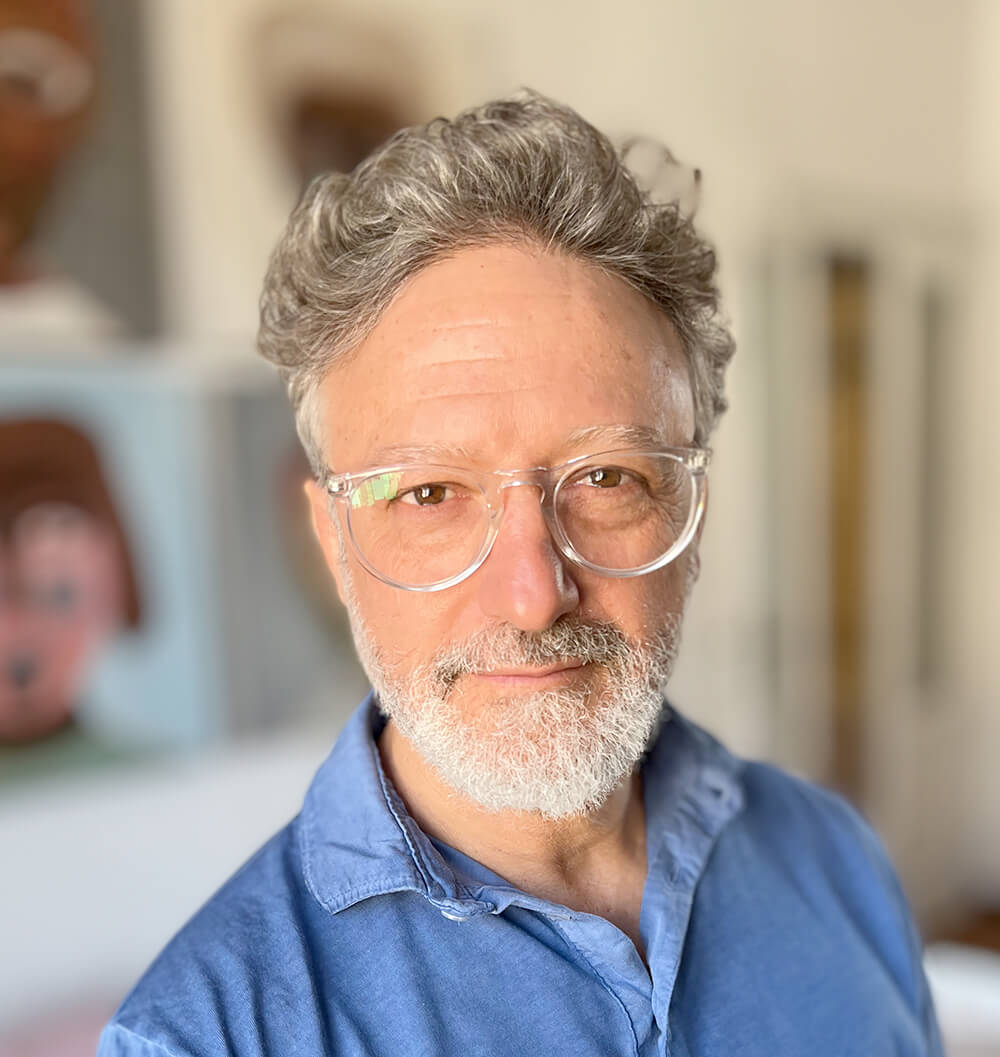Born in Paris, July 31 1966, Stefano Azario is a photographer and director now living between Milan and New York.
Stefano began taking photographs at the age of 11 in 1977, shortly after the loss of his father. His family moved from Italy to London in 1979, where he studied photography at the London College of Printing from 1984 to 1987.
Having developed a reputation as one of the best-known commercial photographers of children and babies, Stefano is currently concentrating more in documentary and fine art photography.
A turning point in Stefano's career came in 1992 when Vogue Bambini began commissioning him regularly until the magazine's demise in 2018. In 2013, Stefano was asked to plan and photograph an entire issue of the magazine.
In 1994, Stefano started shooting Gap Kids and BabyGap global advertising campaigns and continued uninterrupted for over 25 years. Major publications, advertising agencies, and globally known brands have worked with him. Benetton, Uniqlo, and Armani are just a few of the brands he has collaborated with.
In his photography, Stefano tries above all to lead from the heart. With the likes of Dorothea Lange, Irving Penn and Luigi Ghirri as inspiration, Stefano is nimble in his working ways; at home directing on large video sets or shooting solo. Whether accessing his intimate and tender vision of children and babies or shooting in the Indonesian forest, he enjoys using a whole gamut of different cameras, films and technology, constantly challenging his way of seeing.
His last exhibition "In Cerca Della Retta Via" at the No Gallery in Pontremoli, was put together with the patronage of the Italian Ministry of Culture as part of the Lunigiana Land Art festival in 2022.
Statement
Through the viewfinder I aim to capture fleeting, heartfelt moments that tell compelling human stories.
I seek to make order of the world around me, to share an intuitive perspective, in the hope that my images can evoke emotions and memories, connecting viewer and subject.
Throughout my career I have been drawn to projects that explore themes of childhood and relationships, seeking to convey experiences that shape us in these formative years. More recently I have roamed other areas from landscape to portraiture to expand and challenge my photographic practice and storytelling ability.
In Search of a Path